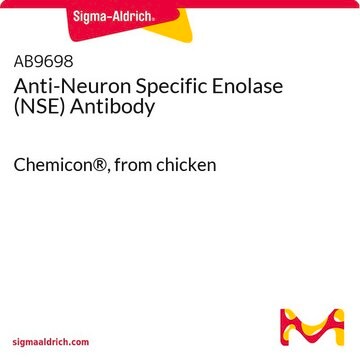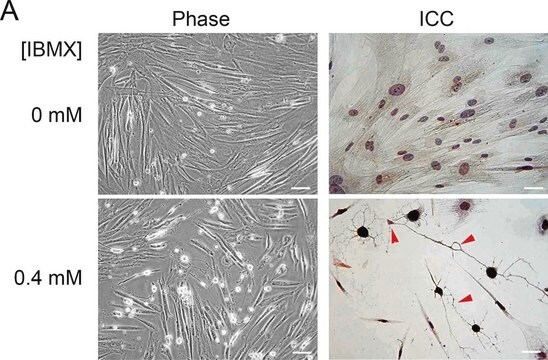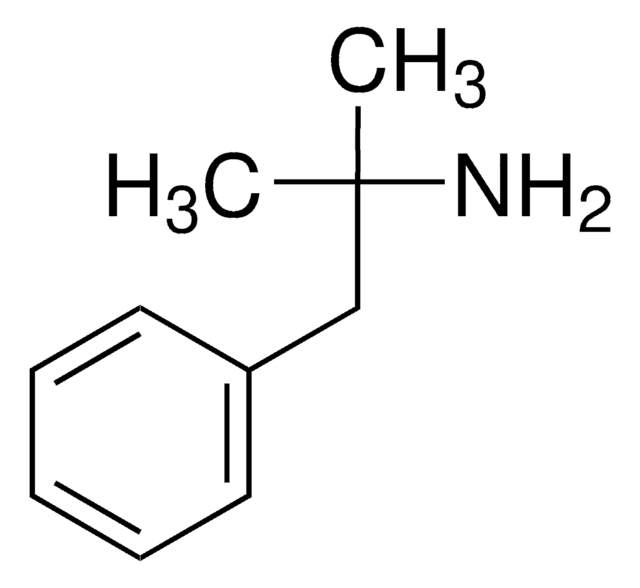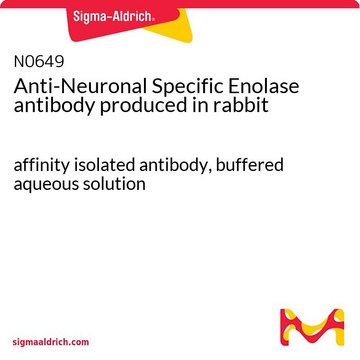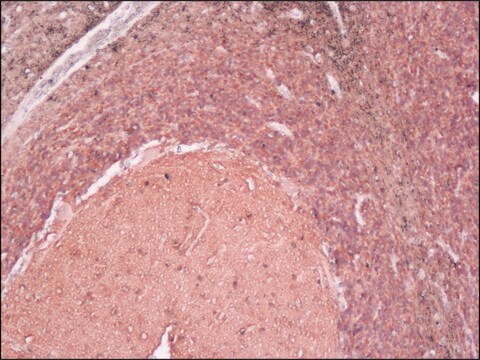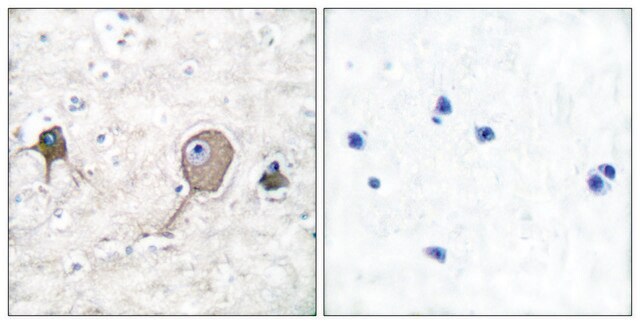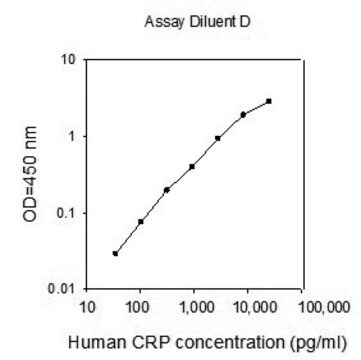N4773
Neuron-specific enolase from human brain
≥95% (SDS-PAGE), buffered aqueous solution
Sinónimos:
2-Phospho-D-glycerate hydro-lyase, Enolase, Neuron-specific from human brain, NSE, Thermolabile antigen A
About This Item
Productos recomendados
origen biológico
human brain
Nivel de calidad
Análisis
≥95% (SDS-PAGE)
formulario
buffered aqueous solution
actividad específica
≥10 units/mg protein
Nº de acceso UniProt
Condiciones de envío
dry ice
temp. de almacenamiento
−20°C
Información sobre el gen
human ... ENO2(2026)
Descripción general
Aplicación
Acciones bioquímicas o fisiológicas
Definición de unidad
Forma física
Código de clase de almacenamiento
12 - Non Combustible Liquids
Clase de riesgo para el agua (WGK)
WGK 1
Punto de inflamabilidad (°F)
Not applicable
Punto de inflamabilidad (°C)
Not applicable
Certificados de análisis (COA)
Busque Certificados de análisis (COA) introduciendo el número de lote del producto. Los números de lote se encuentran en la etiqueta del producto después de las palabras «Lot» o «Batch»
¿Ya tiene este producto?
Encuentre la documentación para los productos que ha comprado recientemente en la Biblioteca de documentos.
Artículos
Glucose metabolism is regulated by the opposing actions of insulin and glucagon. Insulin is released from pancreatic ß cells in response to high blood glucose levels and regulates glucose metabolism through its actions on muscle, liver, and adipose tissue.
Nuestro equipo de científicos tiene experiencia en todas las áreas de investigación: Ciencias de la vida, Ciencia de los materiales, Síntesis química, Cromatografía, Analítica y muchas otras.
Póngase en contacto con el Servicio técnico
